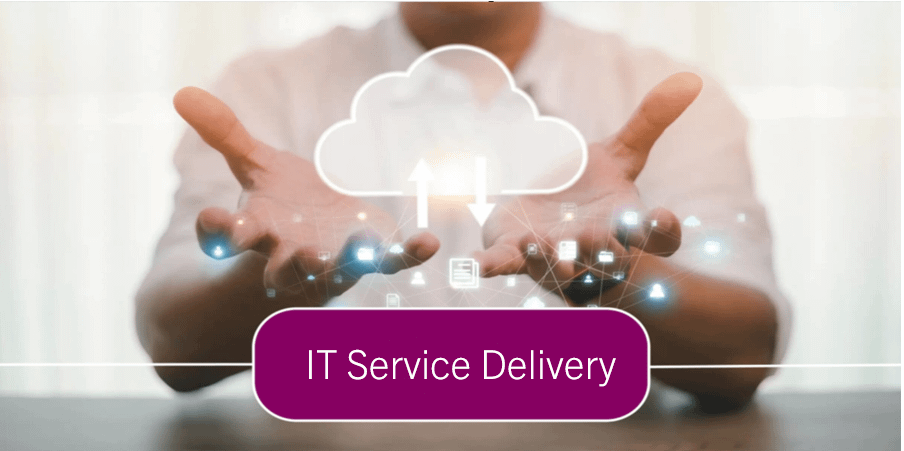Power-lifting business performance: The importance of excellent IT Service Delivery
Information Technology (IT) has become the backbone of every organisation. From start-ups to multinational corporations, efficient IT service delivery is key to achieving business success. In this blog post, we will look at something which is part of our core at MindCraft, explore its significance and discuss its extensive benefits.
Here we look at some of the core pillars of IT Service Management (ITSM) and delivery and at some of the structured processes and practices used to design, create, deliver and support IT services.
In today's digital age, the benefits of IT service delivery are indispensable for any organisation seeking to thrive in a competitive and dynamic environment.
What are the benefits of IT service delivery?
Enhanced service quality
Quality IT teams follow best practices, standards, and methodologies to ensure that services are reliable, responsive and aligned with business needs. Evidence shows this focus on quality translates into improved customer satisfaction, as users experience fewer service disruptions and more responsive support.
Risk mitigation
With a growing focus on improved data security and protection against cyber threats, solid service delivery practices proactively address potential IT risks and vulnerabilities. IT service delivery helps organisations mitigate the impact of security breaches, data loss and service interruptions. This focus on risk management is essential for business continuity and resilience.
Improved incident management
Efficient incident management is a critical aspect of IT service delivery. It ensures that when issues arise, they are resolved promptly and effectively. Quick incident resolution minimises downtime, allowing employees to work productively and customers to enjoy uninterrupted.
Service request management
This is what guarantees the swift resolution of everyday user and customer requests. In the ITIL 4 (Information Technology Infrastructure Library) framework, there’s a highly structured approach which begins with capturing and categorising service requests based on their nature and priority. High quality communication with users throughout is an often under-rated skill needed by those running the service need, as they continuously track, monitor and collect feedback. Integrate this with other ITIL practices, such as incident management and change control, ensures a coordinated approach.
Automation and self-service options are key to streamline the process and enhance user experience.
Supporting business change
As businesses evolve, they often introduce new services or update existing ones. Structured IT service delivery processes facilitate a smooth change transition, reducing the risk of service disruption - crucial in today’s fast-paced business environment, where adaptability is key to success.
Cost efficiency
Delivering great IT service can lead to cost savings through efficient incident management, reduced downtime and optimised service. It helps as businesses are better able to allocate resources judiciously, avoiding unnecessary expenditures.
Service catalogue management
IT service delivery involves maintaining a service catalogue that documents all available services. This catalogue provides transparency to both users and IT teams, helping users understand the services available and enabling IT teams to track and manage service requests effectively.
Enhanced user experience
Great IT service should always be tailored to drive a more positive experience by every user – get it right and the overall experience for employees and customers can boost satisfaction and loyalty.
Scalability and flexibility
IT service delivery and practices are designed to adapt to changing business needs and growth. As organisations expand or adopt new technologies, strong processes in an IT service team will ensure a smooth transition and drive scalable change.
Continuous improvement
IT service delivery encourages a culture of continuous improvement. It needs businesses to regularly evaluate their IT services, identify areas for improvement and implement changes accordingly, always aligned with ever-evolving business objectives.
Conclusion
IT service delivery is not just about the technology; it’s a strategic approach to delivering a service that supports business success. By focussing on efficient, stable, scalable solutions that make it easy for people to do their day to day jobs, it will boost the overall performance of every organisation. It ensures that IT services are adaptable, scalable and resilient in the face of a rapidly changing technological landscape.

